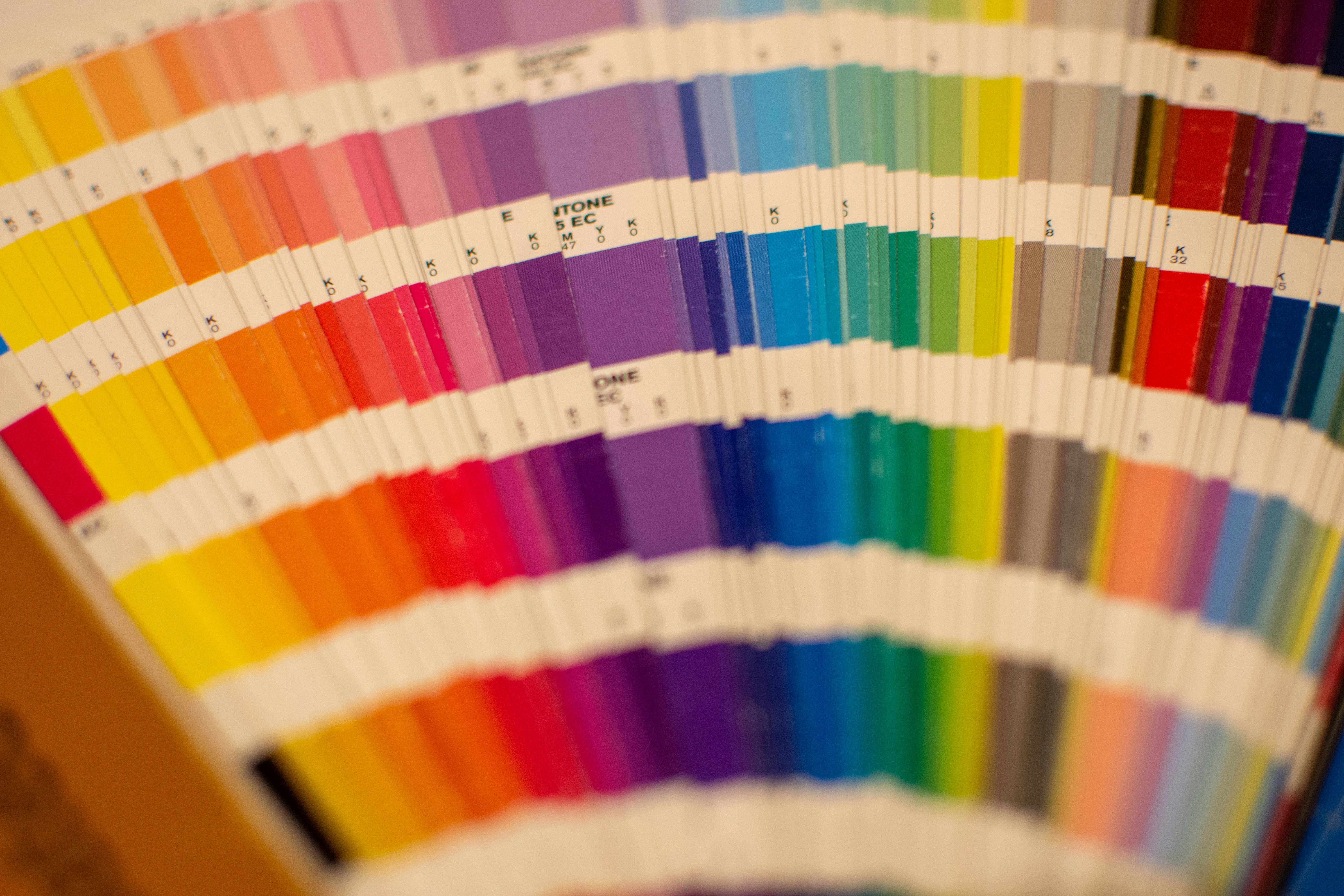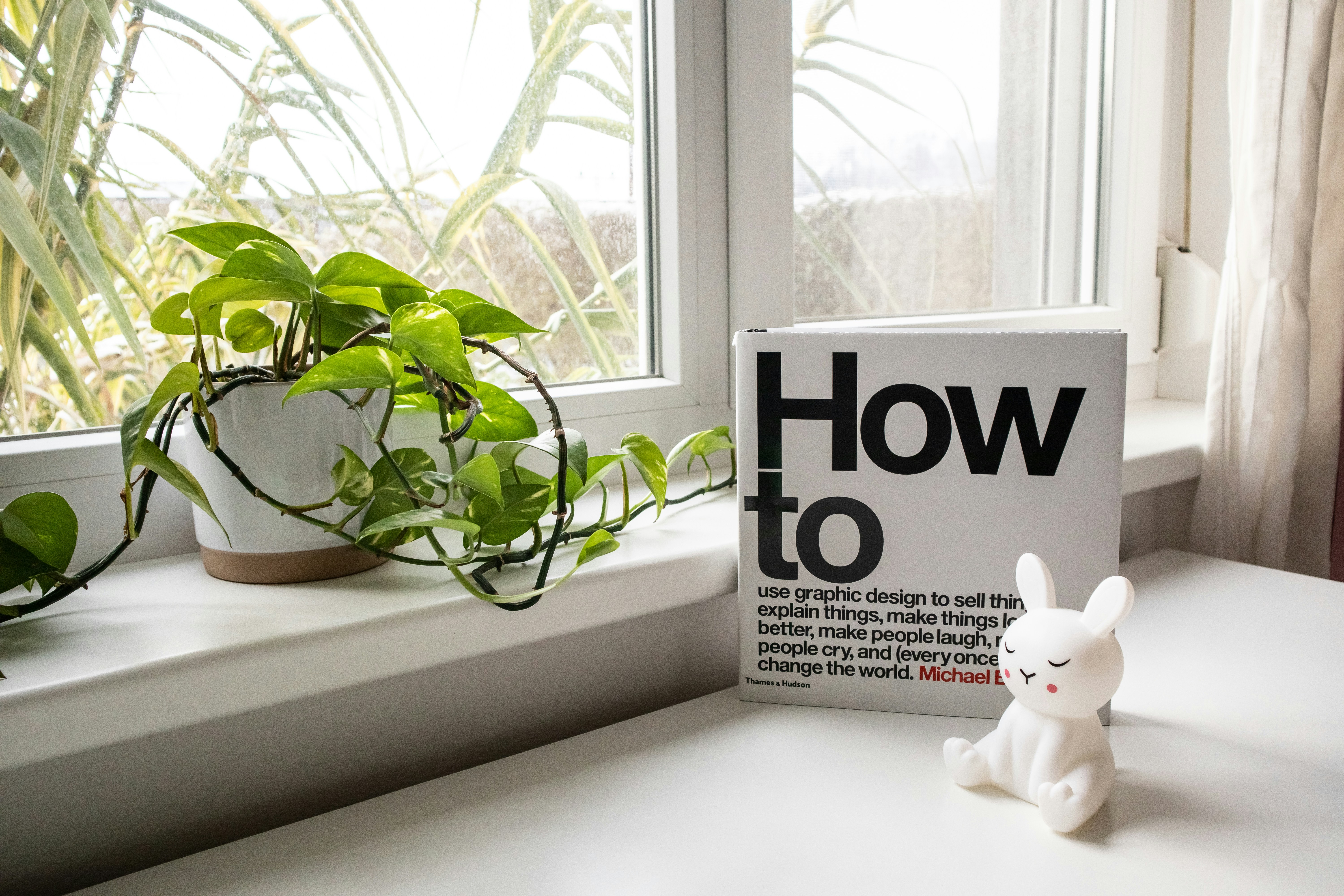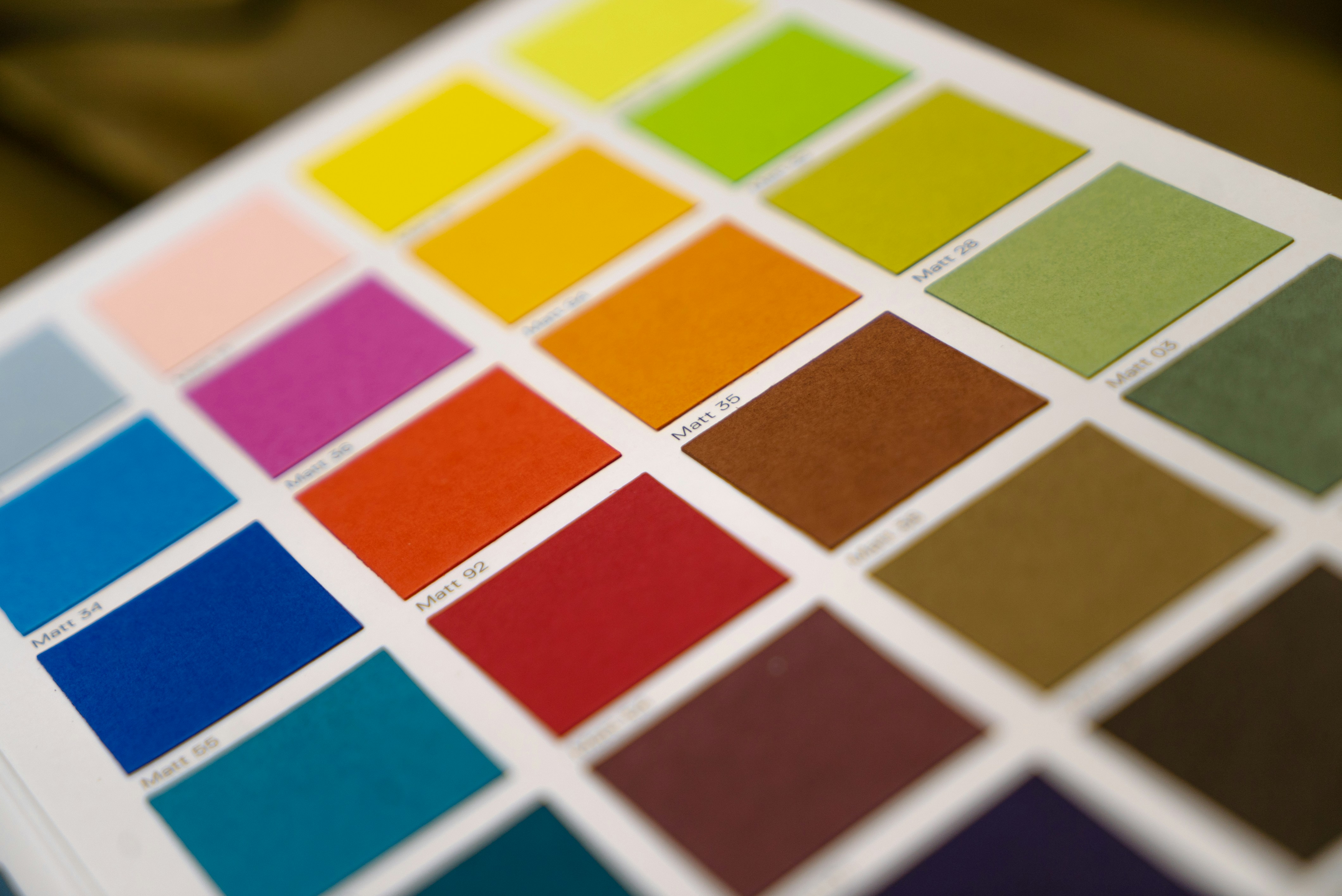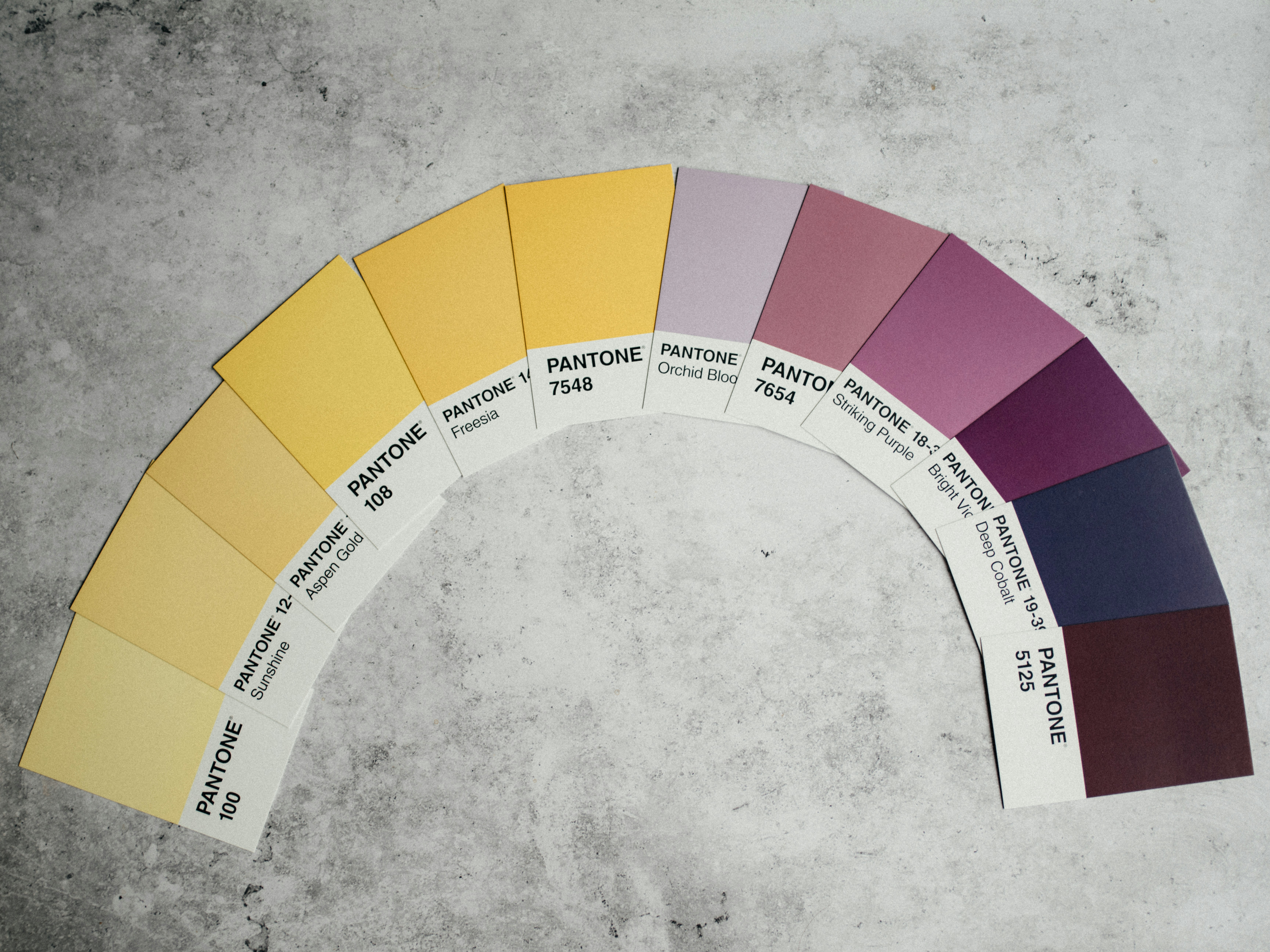Transform Your Mood with Color: Curate Your Space for Wellness
Colors surround us, whispering their messages through the walls of our homes, the designs of our offices, and the hues worn in our clothes. Have you ever walked into a space painted a serene blue and felt an instant wave of calm? Or perhaps you’ve entered a room lit with vibrant yellows and found yourself smiling without realizing it. Today, we delve into the captivating relationship between colors and our moods, exploring how you can curate your environment to foster emotional well-being.
Understanding the power of colors is more than just an artistic notion; it's a science deeply rooted in psychology and human experience. In 2025, more individuals recognize the impact that colors have not only on aesthetics but also on emotional health. This article draws upon both expert insights and real-world applications, providing you with actionable tips to transform your surroundings and enhance your mood through carefully chosen colors.
The Science Behind Color Psychology
The concept of color psychology is not new. For centuries, artists and designers have harnessed the emotional capabilities of color. Research suggests that colors can evoke feelings, trigger memories, and influence behavior. According to the American Psychological Association, "color can impact people’s moods in distinct ways." For instance, warm colors like red and orange are often associated with energy and warmth, while cool colors like blue and green tend to evoke feelings of tranquility.
Incorporating these principles into your environment can significantly enhance your emotional well-being. By understanding what various colors convey, you can select hues that uplift, relax, or inspire you. However, choices about color are often deeply personal and influenced by cultural backgrounds and personal experiences.
Exploring Color Associations
Let’s take a closer look at some common colors and their psychological associations:
-
Red: Often associated with excitement, passion, and energy. Useful for spaces where you need a boost of motivation, such as a home gym or workspace.
-
Blue: Known for promoting calmness and serenity. Ideal for relaxation spaces like bedrooms or meditation areas.
-
Green: Represents nature and renewal, linking to feelings of growth. Adding plants or green accents can freshen and purify your home's aura.
-
Yellow: The color of sunshine, yellow is often linked to happiness and creativity. Perfect for kitchens or play areas where you want to foster joy and liveliness.
-
Purple: This color evokes feelings of luxury, creativity, and sometimes spirituality. Adding purple shades in art pieces or decor can inspire inner reflection and creativity.
-
White: Often associated with purity and clarity, white can create a sense of spaciousness and tranquility, making it an excellent choice for minimalist designs.
By blending colors thoughtfully, you can create spaces that cater to your mood and emotional needs effectively.
A Practical Guide to Curating Your Environment
Curating your environment through color is a powerful yet accessible way to enhance your emotional health. Let’s explore practical strategies to effectively use color in your personal spaces.
1. Evaluate Your Existing Color Palette
Start by taking a good look at your current environment. What colors dominate your space? Do they reflect how you want to feel, or are they inadvertently contributing to a negative mood? Consider the walls, furniture, and decor items. Are they invoking joy, calmness, or perhaps stress?
Once you’ve assessed your colors, think about how they make you feel. Writing these reflections down can help clarify your goals for creating a more emotionally supportive environment.
2. Use Color Gradients and Layers
Instead of opting for one solid color, consider using gradients or layers of different shades. This technique can create a sense of depth and interest, making a room more visually appealing. For instance, when painting a living room, you might choose a light blue on the walls and deeper blue accents in cushions or artwork. This layered approach will keep the environment engaging and warm.
3. Incorporate Nature’s Colors
Nature is rich with color, and integrating natural elements into your home can enhance both aesthetics and mood. Plants not only introduce vibrant greens but also improve air quality. Consider a vertical garden or pots of colorful flowers as an easy way to elevate your space. The psychological benefits of being around nature are well-documented, making it a win-win choice for your well-being.
If you’re curious about more eco-friendly methods, explore how indoor plants can boost your mental health and emotional resilience.
4. Personalize Your Color Choice
Personal experiences heavily shape our emotional reactions to colors. What resonates with someone else might not invoke the same feelings for you. Consider incorporating colors associated with positive memories—maybe the warm orange of a childhood home or the cool greens of your favorite hiking spot. Personalizing your environment will not only enhance comfort but also establish an emotional sanctuary.
5. Experiment with Textures and Materials
Colors don’t only exist in paint or fabric—they can also be found in textures and materials. Pair warm colors with soft textures like velvet or wool to create a cozy atmosphere. Alternatively, sleek finishes in cooler shades can evoke a modern, minimalist vibe. Experimenting with different materials alongside your color choices will add a new dimension to how they impact your space.
The Transformative Effects of Light
While color plays a crucial role in influencing your mood, light is equally important. The perception of color can change dramatically based on the lighting conditions in a room. Let’s discuss ways in which you can manage light to enhance your color strategy and emotional well-being.
1. Utilize Natural Light
Expose your spaces to as much natural light as possible. Natural light not only benefits your mood but also alters how colors appear in your environment. Adding sheer curtains will allow light to filter through gently while softening sharp color contrasts. Spaces that feel airy and bright can lift energy levels and create a joyful atmosphere.
2. Consider Artificial Lighting
When natural light isn’t available, consider how artificial light can complement your color palette. The warmth of yellow-hued bulbs can make reds, oranges, and yellows pop, while cooler white lights can enhance blues and greens. Thoughtfully chosen lighting can help you create an inviting ambiance that supports emotional wellness.
3. Experiment with Smart Lighting
In the digital age, smart lighting allows for limitless potential. From changing colors to adjusting intensity, smart bulbs can adapt to your mood. You could use a calming blue when you need to unwind or energizing yellow for productivity. There are numerous resources available to help you set up smart lighting for mood control, making it easier to align your environment with your emotional needs.
The Harmony of Color and Sound
You may find it beneficial to combine your understanding of color with sound to further enhance your well-being. Sound therapy has been shown to promote relaxation and clarity, much like color does for our moods. Our senses are interconnected; exploring sounds can provide additional avenues for emotional control.
Imagine a room painted in soft blues complemented by the gentle sounds of water features or nature soundscapes. This combination can deepen the tranquility you experience in the space.
Embracing Change
As you work on curating your environment since color has such a profound impact on our emotional health, it's essential to remember that color is not a one-size-fits-all solution. As your mood and emotional needs change, do not hesitate to refresh your surroundings according to what resonates with you. Switch out decor items, repaint walls, or change your art. By remaining fluid in your approach, you’ll create a personally tailored space that continually supports your mental and emotional wellness.
Make Adjustments Seasonally
Consider embracing seasonal changes in color within your environment. As the seasons shift, you might opt for warm tones in autumn and cooler shades in winter, reflecting the world outside your window. This not only keeps your environment dynamic but aligns with nature’s rhythm, which can deeply enrich your experience of well-being.
Celebrate Special Occasions
Use color intentionally to celebrate special moments or milestones. Decorate with colors that evoke joy during celebrations while using serene hues for more reflective moments. This flexibility enhances your emotional connection to your space, making it a sanctuary for all aspects of your life.
Final Thoughts: Color Your Wellness Journey
Creating a nurturing space with color requires both intention and creativity. By understanding color psychology, integrating natural elements, making smart lighting decisions, and maintaining flexibility in your choices, you can cultivate an environment that genuinely supports your emotional health.
Remember that it’s your personal journey; what works in one setting may not work in another. Embrace creativity, listen to your intuition, and allow the journey to transform your space and spirit alike.
As we harness the power of color and sound to enhance our emotional landscape, we are ultimately reminded of our innate ability to shape our experiences. For further exploration on how sound and color influence wellness, check out this insightful resource.









